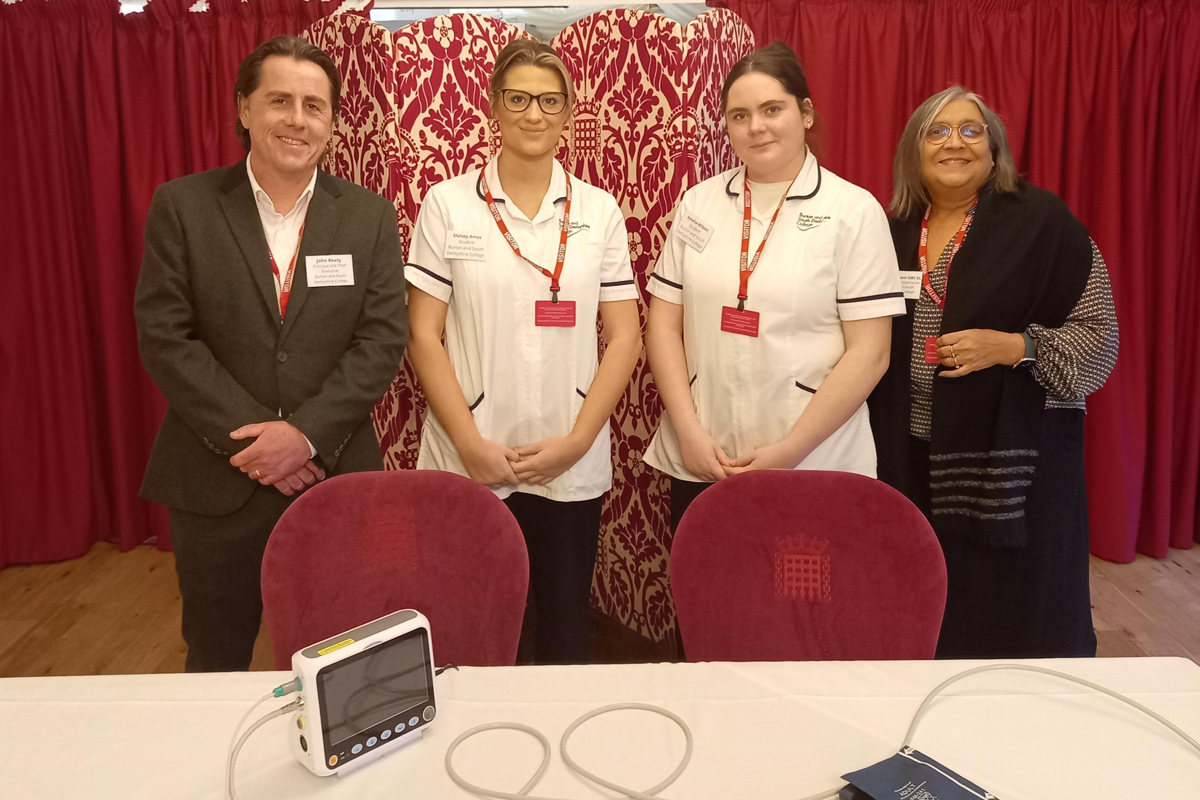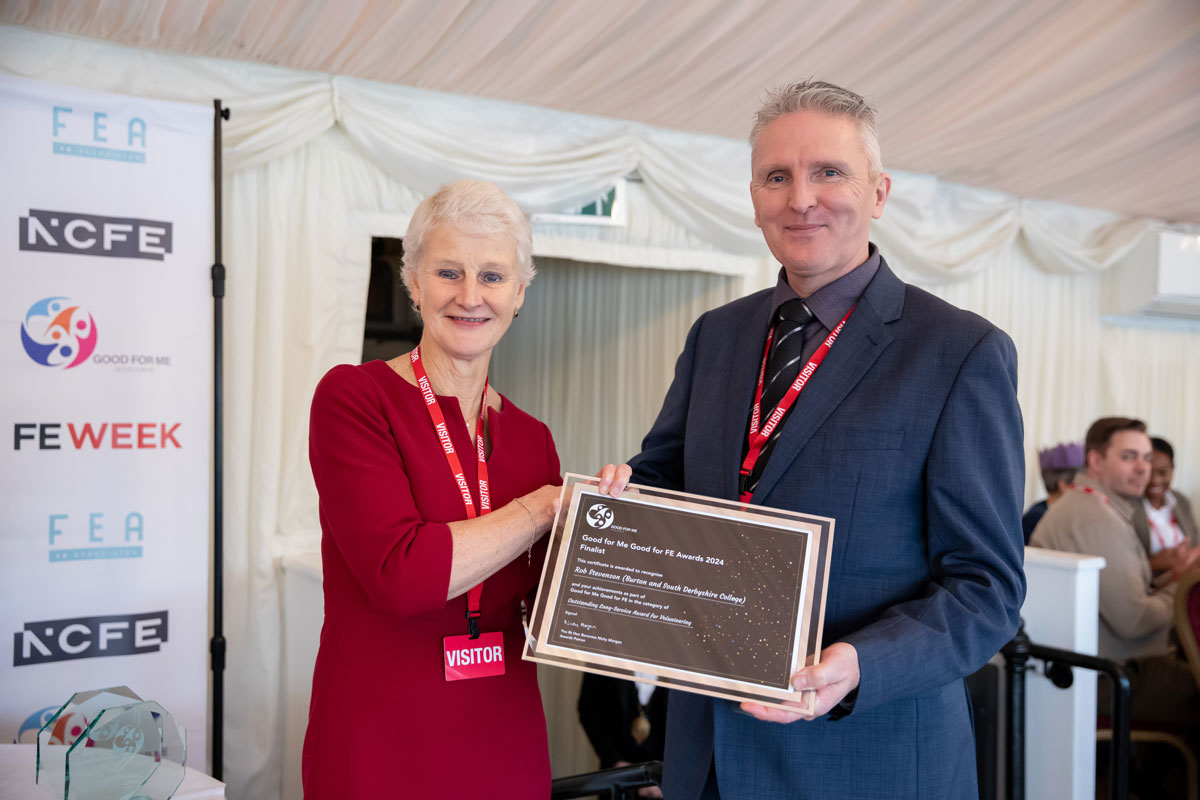How to best utilise telecommunications technology in education

The classroom of today looks very different to how it was two decades ago. The adoption of new technologies has led schools, colleges, universities and other educational institutions to upgrade their learning environments to meet the requirements of the modern digital learner. This adoption was accelerated even further during the pandemic. Since the Covid pandemic, EdTech has transformed from a common perk to an absolute necessity for schools up and down the country and continues to be the case even with schools back at full attendance.
According to the Department for Education, EdTech (Education Technology) refers to any technology that can be used to “support teaching and the effective day-to-day management of education institutions”. This includes “hardware, such as tablets and laptop computers”, but can also include “digital resources, software and services”.
For EdTech to be seen as a success within the education sector, it needs to provide staff, students and parents with the means to communicate efficiently with each other – but how can this be achieved? Having the correct telecommunications strategy in place is the key.
The importance of communication
The pandemic had a major impact across all sectors but the education industry was hit particularly hard. To ensure disruption remained at a minimum, it was important for the industry to change the way it communicated. After an almost overnight switch to home-based learning in March 2020, communications technology allowed teachers to conduct classes virtually. The adoption of digital platforms allowed teachers to prepare for and teach lessons, while also effectively communicating with parents/guardians as they would in ‘normal’ circumstances.
While a long period of time has now passed since the return to full in-person learning, there remains a growing demand for platforms that support more equitable parent-teacher communication, and most importantly, serve to enhance the overall student experience.
To achieve this, it’s imperative that schools implement communications systems with expanded capabilities, beyond traditional methods such as voice or email. These platforms should include a range of different communication options and collaboration tools that will allow for effective, in-depth conversations, and give students and parents the freedom to choose how they interact with teachers. Instant messaging, for example, is an effective, convenient form of communication. Meanwhile, when communicating through audio and video calls, it’s also important that the technology underpinning these is consistent and reliable.
Educational institutions understand that it is important to provide a number of interaction options and as a result they have turned to cloud-based communications, which makes the whole process more flexible by enabling every educator and administrator to carry a fully featured communications platform with them wherever they go.
Improving the classroom
It’s imperative that students are in an environment that allows them to maximise their full potential and having the right access to tools is key in achieving this. A recent poll from the UK Department for Education revealed that 84% of teachers believe student attainment has been improved by access to the correct technology, while also reducing teacher workload. Over half of schools have recognised this and have made adopting new tech a priority, but there remains a significant proportion of schools (22%) that do not have a clear IT strategy in place.
Educational institutions must make sure they adopt the best telecoms technology to meet the needs of students and ensure this doesn’t become a wider problem – but how? VoIP (Voice over Internet Protocol) has a major role to play.
Benefits of VoIP technology
BT recently revealed it will switch off its Public Switched Telephone Network (PSTN) lines in 2025, moving from traditional phone lines to faster, clearer Internet Protocol (IP) technologies instead. This has played a big part in the increase in demand for VoIP (Voice over Internet Protocol) telephony for UK schools. VoIP allows voice calls, as well as video and data, to be transmitted over the internet, instead of through older PSTN lines. Schools can send faxes, host conference calls, forward calls from one location to another, use voicemail, route calls, have an auto-attendant and more, for a fraction of the cost.
While it may not be seen as a major priority at first, it is important for schools to have a telephone system in place that is safe, dependable and inexpensive, given that schools make a number of phone calls a day to various contacts like parents and suppliers. Teachers and staff must be able to direct calls appropriately, whether they are working remotely or at school. It’s also important that staff can handle call volumes: features like call queues, call parking, forwarding and transfer are essential in this respect, as they enable staff to accept and direct calls efficiently.
Achieving this is quite simple: all schools need is a high-speed broadband connection. Combine this with a commitment to cloud-based communications, and schools will be able to access communication methods such as calls, messages, audio, video conferencing, screen-sharing and task management from anywhere, anytime, using any device. All of this empowers teachers, students and parents to transform the way they communicate, leading to a better student experience in the long term.
The future looks strong for EdTech
EdTech is here to make the learning experience more enjoyable for students while also making it easier for parents/guardians to talk with staff and reduce stress for teachers. While one tool alone cannot achieve this, having the correct communication strategy in place can play an integral role in making it happen. By embracing new forms of communication technologies, schools can provide an efficient and flexible experience for all stakeholders well into the future.












Responses